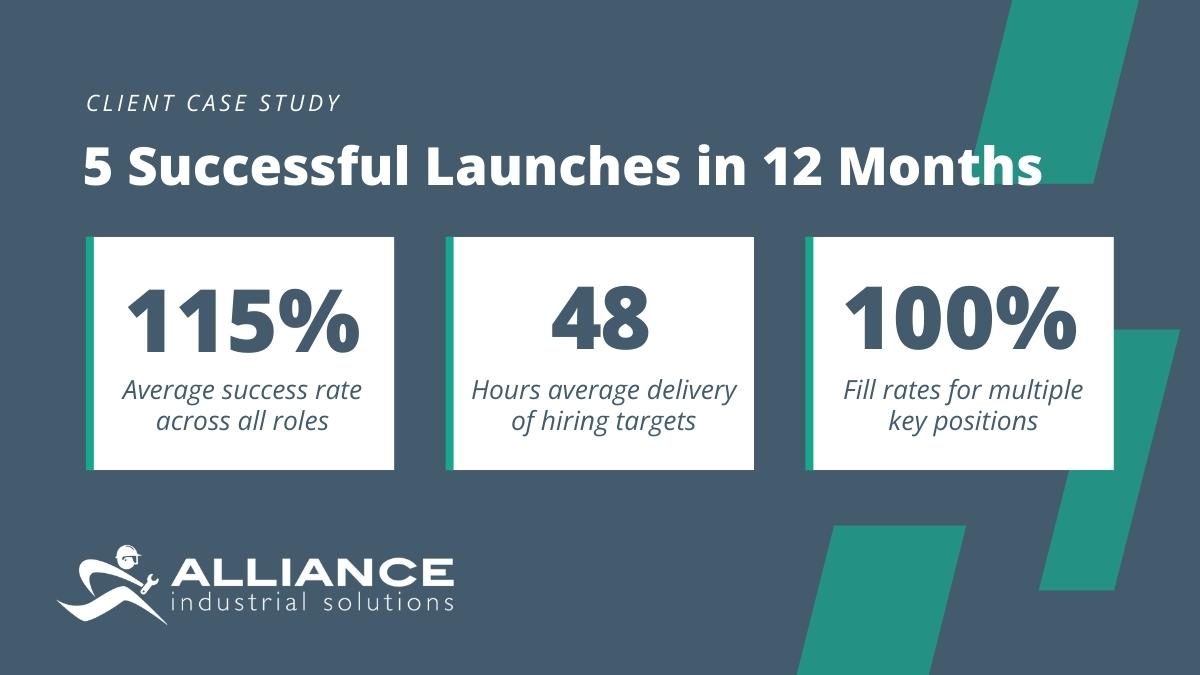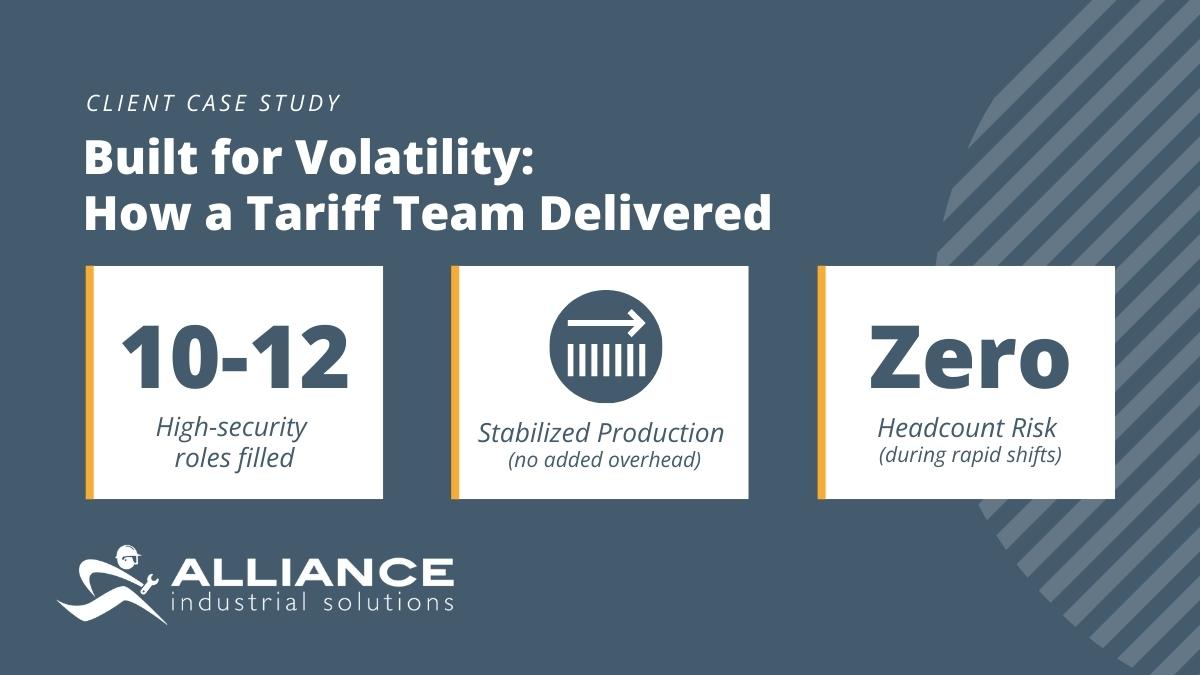You Hired for Skills. So Why’s the Team Still Struggling?
In warehousing, logistics, and manufacturing, every shift is a team sport.
You don’t have time for drama. When one person’s attitude tanks, the whole crew feels it.
So when things go sideways, your first thought might be: Did we hire the wrong person?
But what if it’s not about their skills at all?
What if the real problem…is the A-word?
Yup: Attitude.
It’s the silent productivity killer. The shift-stopper. The morale meltdown that spreads like a late Friday rumor.
Let’s say it loud for the folks in the back: You can train for skills. But you can’t detox a soul-sucker.
The truth is, bad apples cost more than just productivity. According to a Harvard Business School study, the cost of a toxic employee is over $12,000 more per year than a consistently underperforming one.
That’s before you factor in lost team morale, burnout, and turnover from others jumping ship.
Sometimes the real issue isn’t who’s missing—it’s who’s mis-fitting.
The Real Cost of a Bad Fit
Let’s break it down like a Friday fish fry:
- Downtime. Teams move slower when they’re babysitting or dodging one person.
- Turnover. Good workers will leave if toxic ones don’t.
- Safety Risks. One bad attitude can lead to one bad injury—and that’s one too many.
- Hidden Costs. Rehiring. Retraining. Broken trust. Burned-out leads. You feel it before you see it on paper.
And in today’s climate, most HR pros we talk to aren’t looking for warm bodies. They need workforce solutions that can keep up with the speed of manufacturing.
Bad Attitude or Bad Hire? Know the Signs Before It Spreads
Before you schedule another coaching session or post another job, use this checklist to figure out what you’re really dealing with. Because some people can improve—and others just need to be shown the door.
See your crew in this list? You’re not alone. Luckily, you’ve got options.
| Signs of a Bad Attitude | Signs of a Bad Hire (Skill Mismatch) |
| Constant negativity or complaining | Struggles to meet daily productivity expectations |
| Disrupts team dynamics or causes drama | Takes longer than peers to learn new tasks |
| Disrespectful to supervisors or coworkers | Repeated errors, even after training |
| Resistant to feedback or coaching | Trouble following instructions or procedures |
| Brings down morale; others avoid working with them | Doesn’t have required certifications or experience |
| Undermines safety culture or ignores rules on purpose | Doesn’t meet the physical or technical demands of role |
So You’ve Got a Problem. What Should You Do Next?
Whether you’re dealing with a bad attitude or a bad hire, ignoring it won’t make it go away.
Here’s how to move forward before the issue spreads faster than Friday gossip on the loading dock:
1. Document specific behaviors.
Vague complaints like “he’s just not a good fit” won’t cut it. Track examples of missed output goals, safety violations, or disruptive behavior.
2. Talk to your frontline supervisors.
They often see the red flags before HR does. Ask what they’re noticing and how the employee’s presence is impacting the rest of the crew.
3. Give clear, measurable feedback.
Whether it’s attitude or performance, spell out exactly what needs to change and by when. Vague coaching only leads to vague results (if any).
4. Decide: coach, reposition, or release.
- Skills gap? Retrain or reposition if it’s worth the effort.
- Attitude problem? No signs of improvement despite coaching? No more time to waste.
5. Look at the bigger pattern.
Is this an isolated case—or part of a trend? If morale issues or misfits keep popping up, it might be time to rethink your hiring process.
6. Consider bringing in a partner.
The right industrial staffing partner can help you spot red flags early and send candidates who not only meet your skill needs but also mesh with your culture. That’s what we do.
Don’t Just Fill the Seat: Cut the Dead Weight
When someone’s dragging your shift down, you don’t need a pep talk. You need a plan.
At Alliance Industrial Solutions, we don’t just throw you bodies (the horror). With our industrial staffing expertise, we screen for skills and attitude.
In turn, you get fully-charged crews that click, collaborate, and actually like working together.
Need help dodging the A-word on your floor? We’ve got you. Learn more about our workforce solutions.





